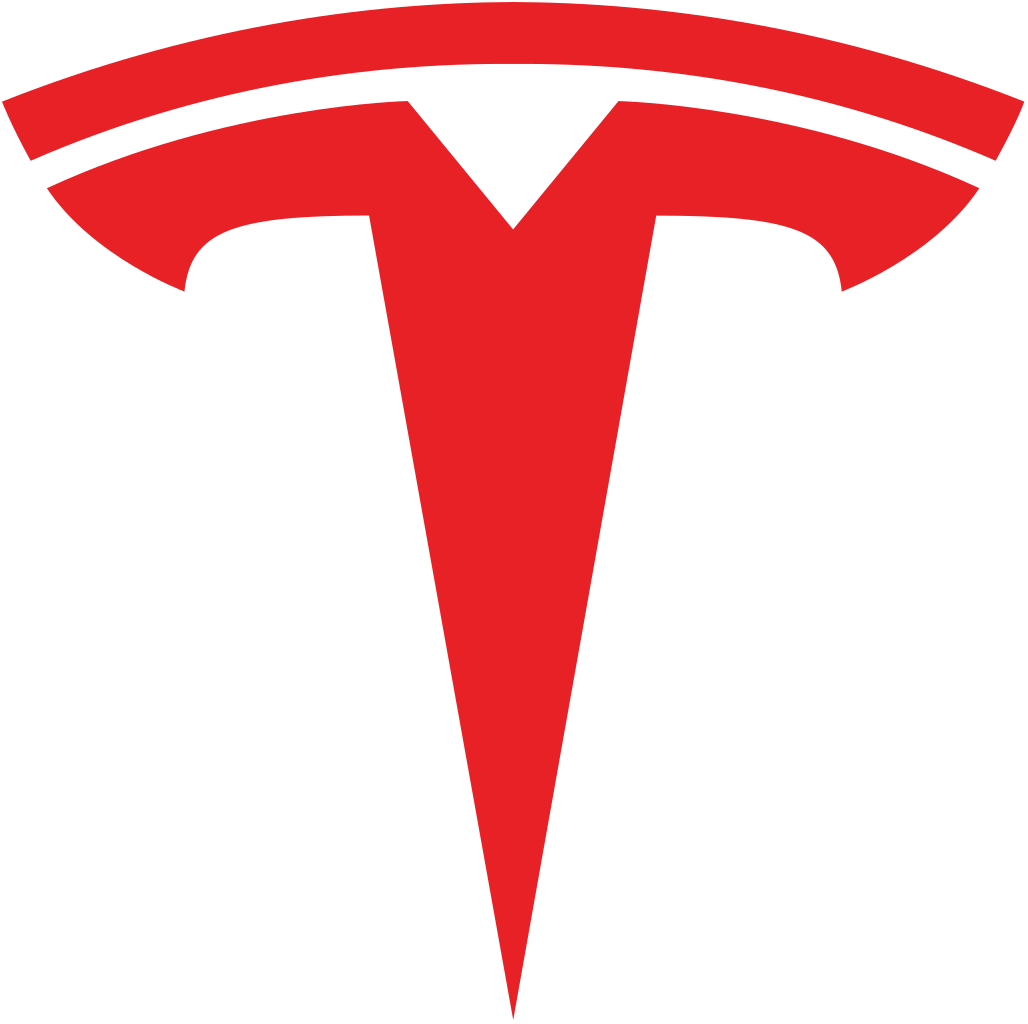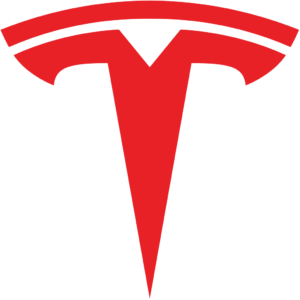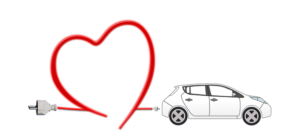Plant construction progress ….. Fremont Casting Machine ….. Tesla Customer Satisfaction ….. Active Wheel Alignment – a Natural for Tesla
**** Tesla’s pedal-to-the-metal new manufacturing plant construction on three continents continues to amaze construction industry and automotive experts alike. All three plants are ahead of schedule. Giga Shanghai Phase 2 will be producing Model Ys before the end of this year while its Phase 1 plant continues to increase monthly Model 3 production. Giga Berlin will be producing Model Ys by early 2021. Giga Texas will be in producing Cybertrucks and other Tesla models by midsummer of next year, if not before. Here are links to the latest YouTube construction update videos for each plant.
**** Tesla will have the world’s largest high pressure precision die casting machine in each of its auto plants as soon as possible given all the other product design and manufacturing process changes they are continually making. These machines, weighing 410 tons each, are made by IDRA Group, an Italian company. Their OL6100CS machines measure some 64 feet long and are 17 feet tall. They take a “shot” weight of molten aluminum weighing 231 pounds. Shanghai has its machine installed in their not yet functioning Model Y Phase 2 addition. Fremont currently has its machine installed and operating (at least on a test basis) in a unique new building.
Tesla admits to its Model 3’s rear body section being composed of 70 separate unique parts – sheet metal stampings, brackets, fasteners, and the like. After his Model 3 teardown, Sandy Munro of Munro Associates has been heard on several of his videos saying the number is more than 100 parts. In any case, with Tesla’s newest casting machine, these seventy or more parts are now one part, saving some 30% in weight (compared to those 70 parts, not total vehicle weight). Less weight means greater vehicle range. Furthermore, this new die casting process produces an immensely stronger part with far greater precision.
Tesla’s pressure die casting process utilizes 100% of its raw material. There is little to no waste from producing the finished castings. With the old style various sheet metal parts, there was 50% scrap associated with the production of all those parts. Not only is there an estimated 20% or more direct labor savings from the use of these casting machines, but there is also a significant savings due to the elimination of a considerable number of robots formerly needed to spot weld or rivet or glue those 70 parts together, along with the people needed to program and maintain and troubleshoot the robots. In addition, Tesla will save about 30% of plant floor space by being able to remove all the robots and machinery needed to make and assemble those 70 pieces.
Musk’s ever fertile mind got the idea to use this die casting manufacturing process by observing a die cast small toy car about 2.5 inches long someone gave him. His reaction: “Why can’t we build our cars this way?” Tesla’s first iteration was to die cast the Model y’s rear section in two pieces. Its current iteration improves this even further by making those two pieces into a one piece rear section. Knowing Tesla’s culture, I can assure you that Tesla is already working on die casting the entire “frame” of the “unibody” – front and rear in one piece.
The Model Y rear casting process will soon be extended to Tesla’s Model 3, and perhaps at a later date to revised Model S and X vehicles as well. No doubt this casting process will be extended to any future Tesla car model. The Cybertruck is engineered with an exoskeleton or monocoque body and can’t use this casting process. Neither can Tesla’s Semi trucks, at least for the immediate future.
My estimate is that Tesla’s body section casting process has reduced its manufacturing cost per vehicle by some 15% — a huge leap forward in an industry where traditional Detroit bean counters sweat over every penny spent on a product’s cost. As a result, Musk can simultaneously pursue his intent to make Tesla’s vehicles more affordable while pocketing some of the savings to build more new model Tesla vehicles and more Tesla manufacturing plants, service centers, and charging stations around the world. I firmly believe Musk’s and Tesla’s subliminal motto is: “Always one giant step ahead!”
**** You might have heard of Consumer Reports (CR). Yes, that bunch of picky doctors of automotive testing, complete with their white coats and rubber gloves! They do publish some interesting reports and useful surveys. CR’s annual report on what percentage of owners would buy their brand and model of automobile or pickup again is especially valuable. Recently, CR published a survey of some 420,000 car owners and had the foresight to divide the respondents into four different age brackets in order to look for differences in spending and car affection/respect.
CR’s four age groups from Millennials (ages 24 to 39), Generation Xers (ages 40 to 55), Baby Boomers (ages 56 to 74), and my Silent (?) Generation (ages 75 to 92 – yikes!). [I don’t know why we got the label “Silent Generation”. I guess it was because we were too busy accomplishing things!]
What was surprising in CR’s survey results was that the result for the “most satisfying” car was the same across all four age groups – the Tesla Model 3! Here are the top four cars in each bracket, in order from #1 to #4:
Millennials: Tesla Model 3, Subaru Ascent, Mazda CX-5, Honda Accord
Generation X: Tesla Model 3, Tesla Model S, Audi A5, Tesla Model X
Baby Boomers: Tesla Model 3, Ford Expedition, Porsche 718 Boxster, Tesla Model S
Silent Generation: Tesla Model 3, Genesis G90, Tesla Model S, Toyota Prius V
Note that the highest priced Tesla – the Model S — was mentioned in the top four in three out of the four classes. One wouldn’t expect most Millennials to be able to afford a Model S.
Thus, out of 16 possible top four spots Tesla took eight or 50% of them. This is despite all the hyped up Tesla “quality” complaints continually publicized by Tesla short sellers. Wait another year until enough Model Ys are in the public’s hands and you will see even more Tesla honors in this survey.
**** I picked up a report the other day on a state-of-the-art product that would be a natural for Tesla to adopt across all its models – Active Wheel Alignment. Doftek, an Australian company based in Victoria, has developed an Active Wheel Alignment System (AWAS) for passenger vehicles. On a real-time basis, it controls a vehicle’s wheels’ camber, caster, and toe-in. It can be fitted front or rear (or both) with a variety of suspension systems.
Doftek’s AWAS optimizes handling by controlling for maximum tire patch contact under all conditions. The same property provides more safety for the car and its occupants. Controlling the tire contact patch more accurately also decreases tire rolling resistance, thus improving the vehicle’s energy economy.
Magnetorheological computer controlled shock absorbers (dampers) have been around since 2002 and are now standard or optional equipment on many cars, e.g., GM’s MagneRide System. If computers can sample and adjust shock absorber settings one thousand times a second, there is no reason why they cannot do the same for wheel/tire alignment.
I can’t think of a better feature to be incorporated into such computer-centric vehicles as Teslas. Not only would active wheel alignment reduce energy consumption and increase vehicle range, but it would also save on vehicle maintenance costs as no periodic manual service center wheel alignment would be necessary. It would also increase tire life. Elon: Are you listening?
Image courtesy of Pixabay
Your feedback in the form of comments or suggestions are welcome in the comment window. Thank you for following my blogs on this site and for participating in my blogging community.




